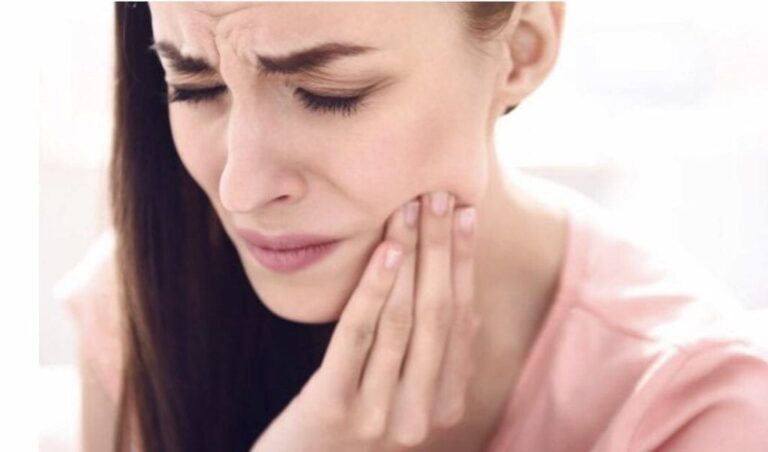Many patients will come to see me for advice on ‘TMJ’ concerns. Some of the symptoms of TMD include tension headaches, migraines, tooth pain, limited jaw opening, grinding of teeth, neck ache and backache! One of the major contributing factors in TMD is malocclusion ( a bite that is ‘off’). For many of these patients, orthodontics can result in lessening or even elimination of TMD symptoms. Other methods of relief include medications, orthotics, surgery, and reconstructive dentistry. But what happens when medical and nonmedical interventions fail to relieve symptoms? Persistent muscle pain and stress has been challenging for dentists to diagnose and treat but lucky for us in 2013 the Royal College of Dental Surgeons of Ontario gave us the thumbs up to add another tool to our arsenal: BOTOX. The RCDSO approved the use of botulinum toxin injections extra-orally (outside the mouth) for therapeutic purposes. Botox has been widely used and studied for more than 25 years and has been proven to be a safe and effective therapy in treating TMJ dysfunction. The clinical effects of botox on TMD include a decrease in pain, decrease in teeth sensitivity, and decrease in frequency and intensity of grinding and clenching. My next blog will describe how botox is injected, who is a candidate for botox injections, and what can be expected after injections take place.



